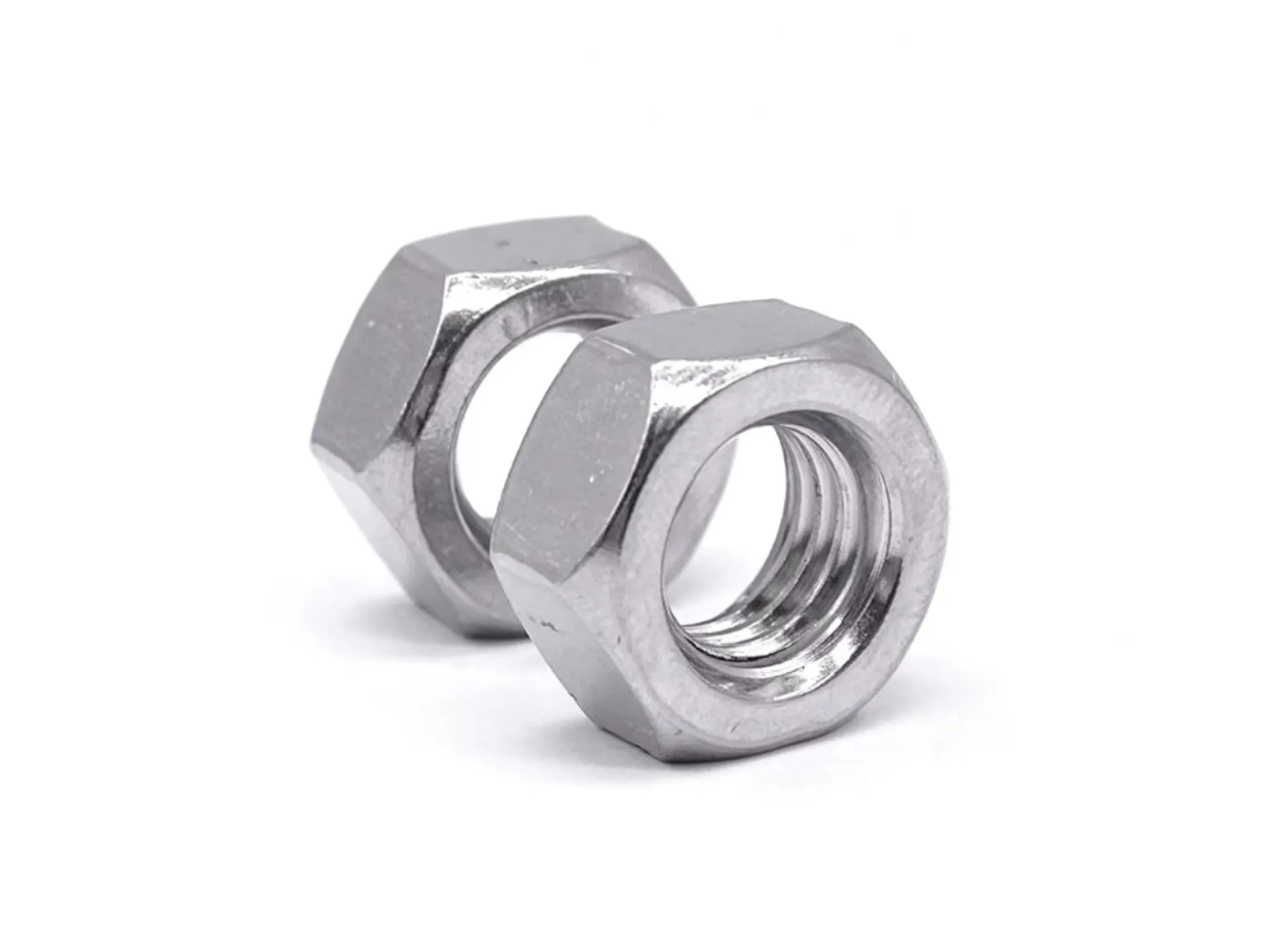

m14 flange nut
Dec . 18, 2024 12:19 Back to list
m14 flange nut
Understanding the M14 Flange Nut Design, Applications, and Benefits
When it comes to bolting mechanisms in mechanical engineering and construction, the choice of the right fastener is crucial. Among the various types of nuts available, the M14 flange nut stands out as a versatile and efficient option, widely used in various applications. This article delves into the design, applications, and key benefits of the M14 flange nut.
What is an M14 Flange Nut?
An M14 flange nut is a metric nut characterized by its M14 thread size, which indicates a 14mm nominal diameter for the threading. One of the unique features of this nut is its flange, a wider surface that extends from the base of the nut. This flange serves multiple purposes, such as providing greater load distribution and reducing the risk of damage to the surface of the material being fastened. The flange also acts to prevent loosening due to vibrations, making it an excellent choice for applications where stability is paramount.
Design Features
The design of the M14 flange nut is integral to its performance. It typically features the following characteristics
1. Material Composition M14 flange nuts can be manufactured from various materials, including steel, stainless steel, brass, and nylon. The choice of material often depends on the specific environmental conditions and performance requirements.
2. Finish Options Various finishes, such as zinc plating, galvanizing, or anodizing, can be applied to enhance resistance to corrosion and wear. This is especially important in outdoor applications or harsh environments.
3. Threading The M14 size can come in coarse or fine thread options, allowing for flexibility in different applications. Coarse threads generally provide better engagement and faster assembly, while fine threads can offer enhanced tensioning capabilities.
4. Flanged Surface The flange not only distributes load but also provides a larger surface for contact, minimizing damage to the substrates being joined. This makes it ideal for softer materials that might be prone to deformation under standard nut designs.
Applications of M14 Flange Nuts
M14 flange nuts are employed in a wide array of applications across different industries, including
m14 flange nut

1. Automotive Engineering In vehicle assembly, M14 flange nuts are frequently used to fasten critical components, such as engine parts and chassis, where stability and vibration resistance are required.
2. Construction In the construction sector, these nuts are instrumental in securing structural components, including beams and girders, offering robust performance even in demanding conditions.
3. Electronics M14 flange nuts are also utilized in electronic devices where components need to be securely fixed without risk of loosening due to thermal expansion or vibrations.
4. Aerospace The aerospace industry favors flange nuts due to their ability to withstand extreme conditions while ensuring high reliability and performance.
Benefits of Using M14 Flange Nuts
The popularity of M14 flange nuts can be attributed to several inherent benefits
1. Enhanced Load Distribution The larger surface area provided by the flange allows for better load distribution, reducing potential damage to materials.
2. Vibration Resistance The flange increases friction against the surface, which helps keep the nut in place, reducing the risk of loosening over time, particularly in machinery subjected to vibrations.
3. Ease of Installation The design of the M14 flange nut allows for easier assembly and disassembly compared to traditional nuts, saving time during installation.
4. Versatility With various material and finish options available, M14 flange nuts can be tailored for specific requirements of different applications, making them suitable for a wide range of industries.
Conclusion
In conclusion, the M14 flange nut is a reliable, versatile component that enhances the performance of numerous mechanical and structural applications. Its unique design, characterized by a wider flange, superior load distribution, and exceptional vibration resistance, makes it a preferred choice for engineers and manufacturers alike. Understanding its features and benefits can help in selecting the right fastener for your specific needs, ultimately leading to improved performance and reliability in your projects.
Latest news
-
High-Strength Hot Dip Galvanized Bolts - Hebei Longze | Corrosion Resistance, Customization
NewsJul.30,2025
-
Hot Dip Galvanized Bolts-Hebei Longze|Corrosion Resistance&High Strength
NewsJul.30,2025
-
High-Strength Hot-Dip Galvanized Bolts-Hebei Longze|Corrosion Resistance&High Strength
NewsJul.30,2025
-
Hot Dip Galvanized Bolts-Hebei Longze|Corrosion Resistance&High Strength
NewsJul.30,2025
-
Hot Dip Galvanized Bolts - Hebei Longze | Corrosion Resistance, High Strength
NewsJul.30,2025
-
High-Strength Hot Dip Galvanized Bolts-Hebei Longze|Corrosion Resistance, Grade 8.8
NewsJul.30,2025

